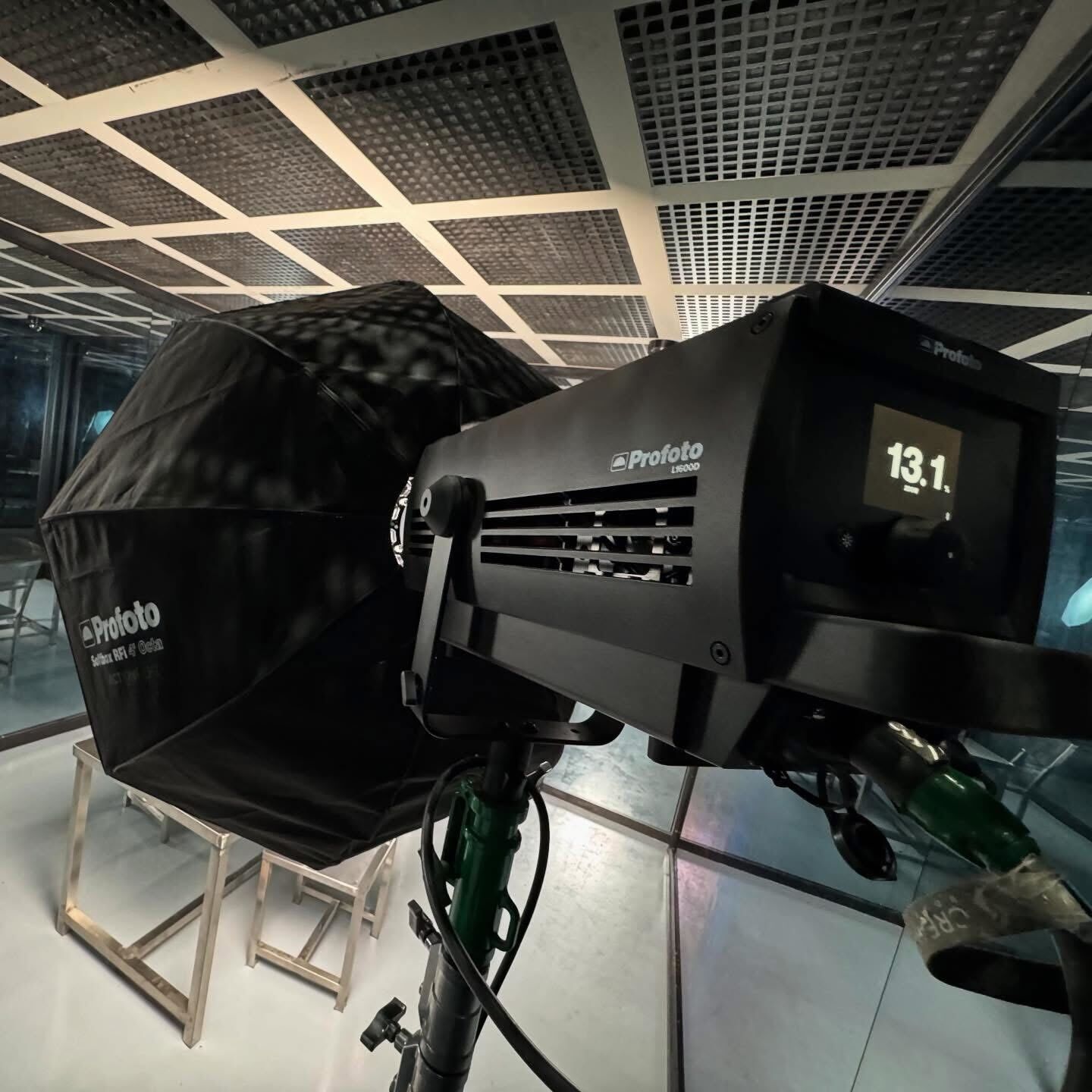Profoto enters the video market with its very first cinema light, the L1600D Mono-LED. Discover the main features of this new L1600D cinema lamp in this article.
In a world where digital photography is everywhere, many photographers still feel a strong connection to film. There’s something special about the slower, more thoughtful process it offers.
One camera that continues to stand out is the Leica M6. Released in 1984, this 35mm rangefinder has become a true classic. Known for its solid build, simple design, and excellent image quality, the Leica M6 remains a favorite for both seasoned photographers and newcomers looking to explore analog photography.
In this article, discover a review of the brand-new Leica M6 variant released in 2022 and why it remains one of the best and most iconic Leica film cameras after all these years.
-


Table of contents
The comeback of the Leica M6
Leica stopped manufacturing the original Leica M6 in 2002 and gradually moved away from film cameras in its M series after the release of the M7. For years, it seemed that Leica had fully embraced the digital era.
However, in 2022, to the delight of film photography enthusiasts, Leica announced the return of one of its most beloved cameras, the Leica M6.
This reissue not only celebrates the legacy of analog photography but also responds to a growing demand for a more tactile, intentional shooting experience in a digital world.
1. Design of the new version of the Leica M6
This new version of the Leica M6 closely resembles the original model in many ways but features more modern and durable materials.
The top cover is now made from solid brass with a scratch-resistant lacquer finish, replacing the original die-cast zinc. Additionally, the optical surfaces are treated with a new coating that provides better protection against stray light.
In a nod to the original, the red dot logo reads “Leitz” rather than “Leica.”
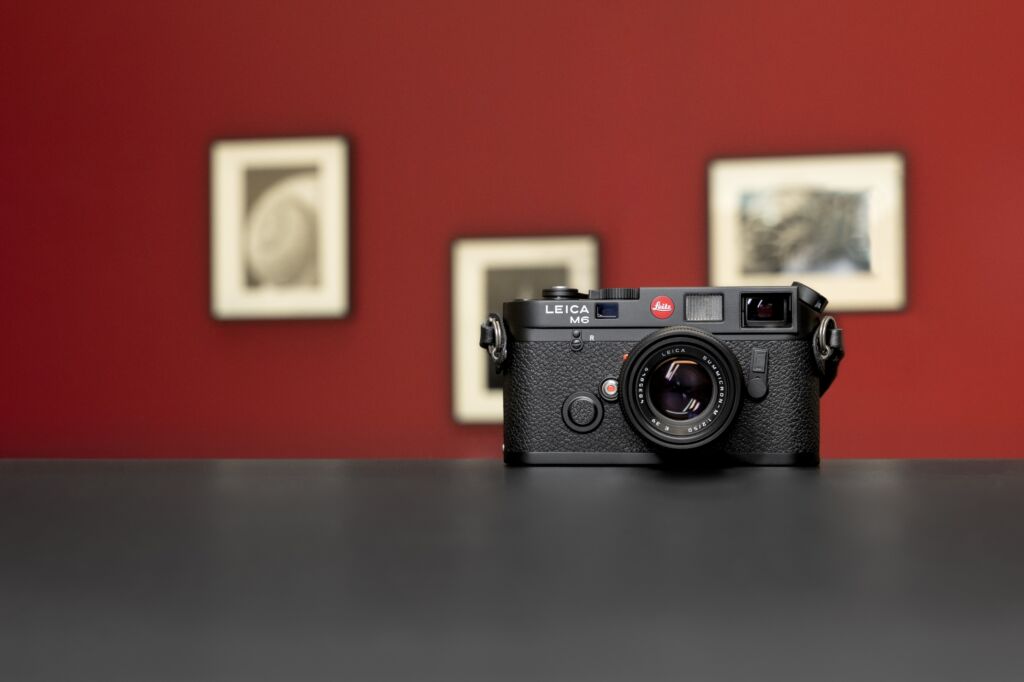
2. The rangefinder experience
Shooting with a rangefinder like the Leica M6 is unlike anything you’d experience with modern digital cameras. In a world of autofocus systems and digital viewfinders, the M6 offers a more hands-on, intentional approach.
The viewfinder maintains that classic Leica feel, with visible frame lines and red arrows for metering.
Focusing is done using the superimposed image method or the split-image method. Both are ideal for focusing quickly with extreme precision, even in poor lighting conditions.
The parallax effect that comes with rangefinder focusing can take some time to get used to, but it’s something most photographers adapt to quickly. Without a screen to rely on, you’re left with just you, the frame, and the moment.
The M6’s rangefinder lets you see beyond the frame, helping you catch the perfect moment to release the shutter. The illuminated frame lines show the image area for six different focal lengths: 28 and 90mm, 35 and 135mm, and 50 and 75mm.
When you attach a lens, the corresponding frame lines appear automatically in the viewfinder. Additionally, you can display other frame lines using the field selector, giving you the flexibility to choose the right focal length before taking the shot, ensuring you capture the decisive moment.
3. The M6’s metering system
One of the most beloved features of the Leica M6 is its built-in light meter, which is a significant improvement over earlier M-series analog cameras. Unlike fully automatic cameras, the M6 doesn’t take over; instead, the meter gives you just enough guidance to help you make confident exposure choices.
This semi-manual system means you’re still in control, but you don’t need to carry an external light meter unless you’re shooting in difficult lighting conditions. You’ll see a small dot in the viewfinder that nudges you left or right to help you get your exposure just right.
The Leica M6 uses a lithium LR44 battery to operate the light meter, but the camera is fully mechanical and can operate without a battery (just without the light meter).
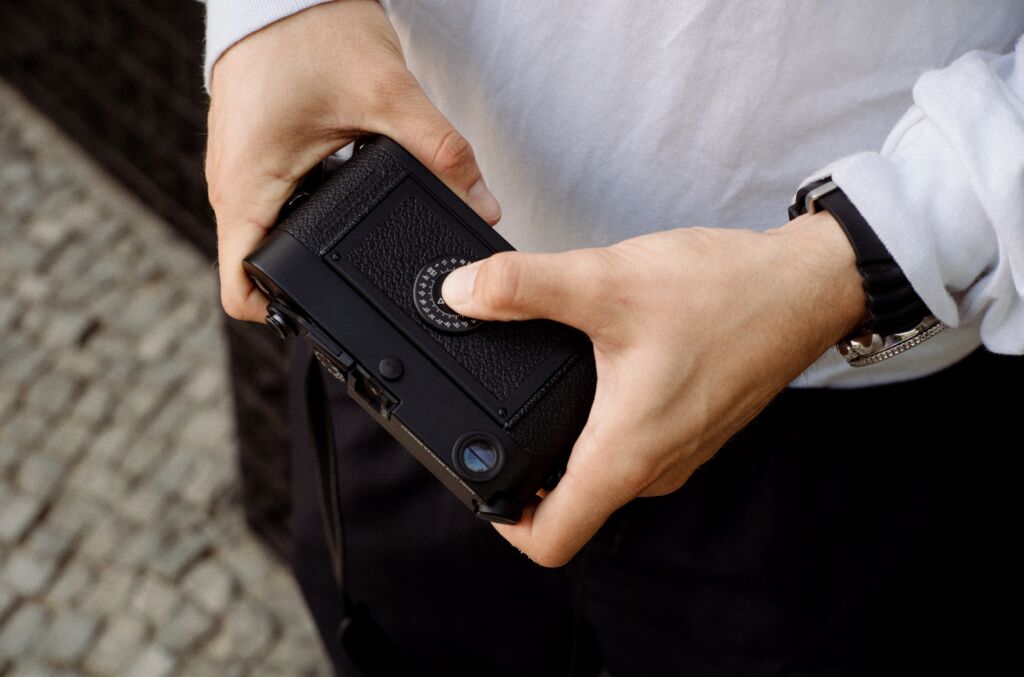
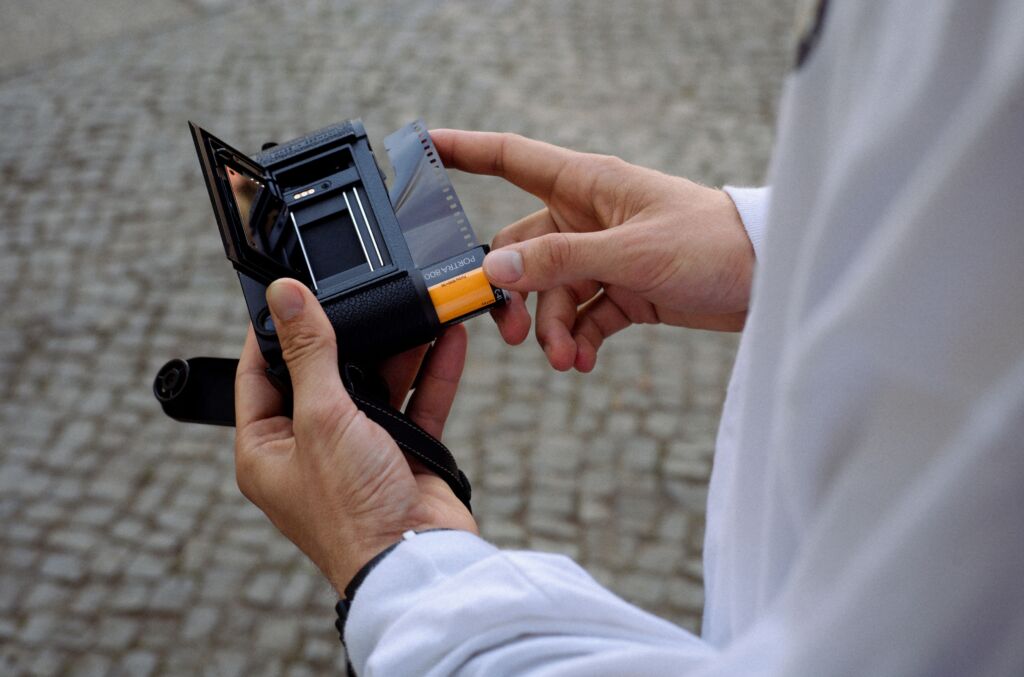
4. Compatibility with Leica M-Lenses
The Leica M6 is compatible with all M-Lenses, which are renowned for their sharpness, clarity, and beautiful bokeh.
The Leica M6 offers a few different viewfinder magnifications, 0.58x, 0.72x, and 0.85x, and choosing the right one depends on the lenses you plan to use.
No matter your style, the Leica M6’s compatibility with Leica M-Lenses makes it a powerful tool for any kind of film photography. With its flexible viewfinder options and access to some of the finest lenses available, it can be customized to suit your creative needs.
-
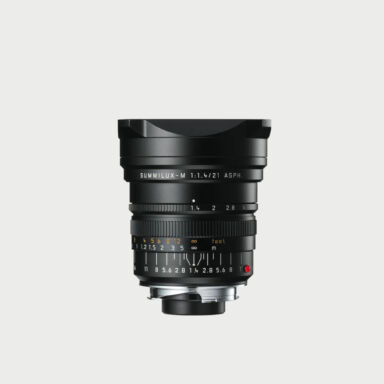 In stock8.155,00 €
In stock8.155,00 €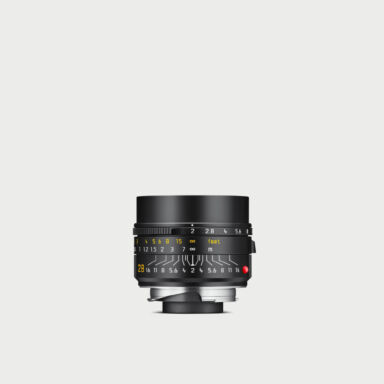
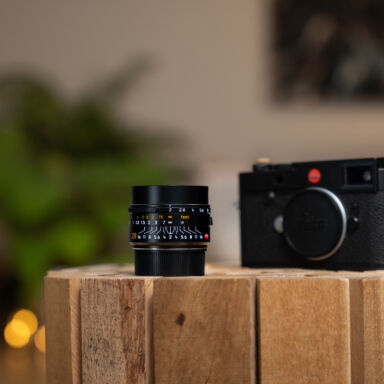 In stock5.200,00 €
In stock5.200,00 €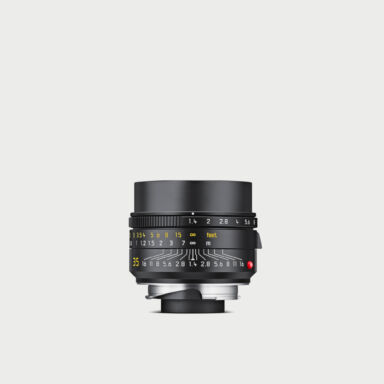
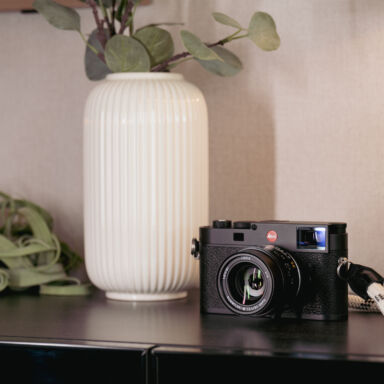 In stock6.025,00 €
In stock6.025,00 €
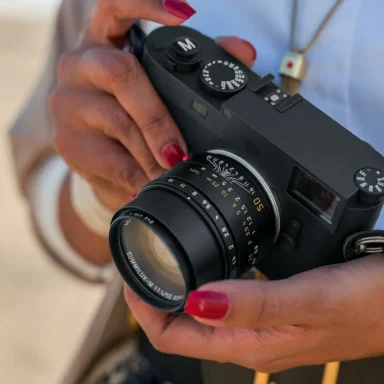 In stock4.790,00 €
In stock4.790,00 €5. Leica M6’s limitations
By today’s standards, the 2022 Leica M6 lacks many features that modern photographers have come to expect.
There’s no grip, but the aluminum body still feels solid and secure in the hand. The maximum shutter speed is limited to 1/1000 of a second, just like the original Leica M6, which means you can’t go up to 1/2000 or beyond.
Of course, there’s no rear screen, no menu system, and no automation. Instead, you get a rewind lever, a mechanical shutter, and a manual ISO dial.
It’s a stripped-back experience, but that’s exactly what gives the Leica M6 its charm and appeal.
6. Is the Leica M6 worth buying?
The Leica M6 is a camera that demands patience and intention, offering a unique and rewarding experience for those who enjoy manual photography.
Its solid build, classic design, and compatibility with Leica’s legendary M-lenses make it an excellent choice for film enthusiasts and photographers who appreciate the tactile, analog process.
If you love the Leica red dot logo, the only current production camera option is the Leica M6 (the Leica M-A and MP don’t feature the red dot).
If you need a film Leica camera with a built-in light meter, the Leica M6 is probably the best choice, which is why the price remains high: everyone wants one!
-


More tips & reviews
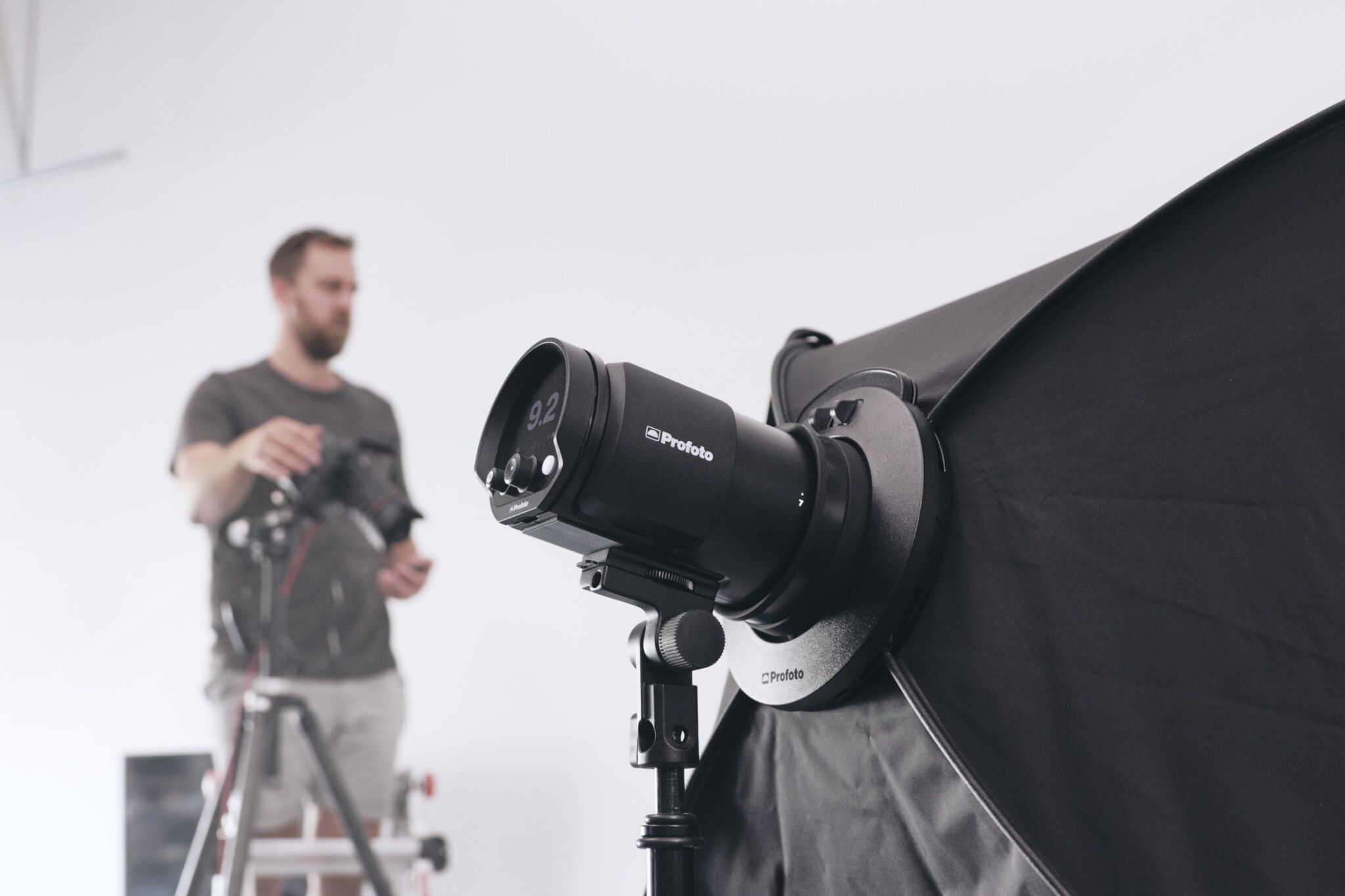
Comparison battery-powered monolights THREE VS B10X: What are the differences?
The Elinchrom THREE and Profoto B10X are two top battery-powered monolights. Designed for both on-location shoots and studio setups, they differ in key aspects like power, features, design, and compatibility. Discover the comparison of these two models to help you choose the best fit for your workflow and creative needs.
Published on 07.04.25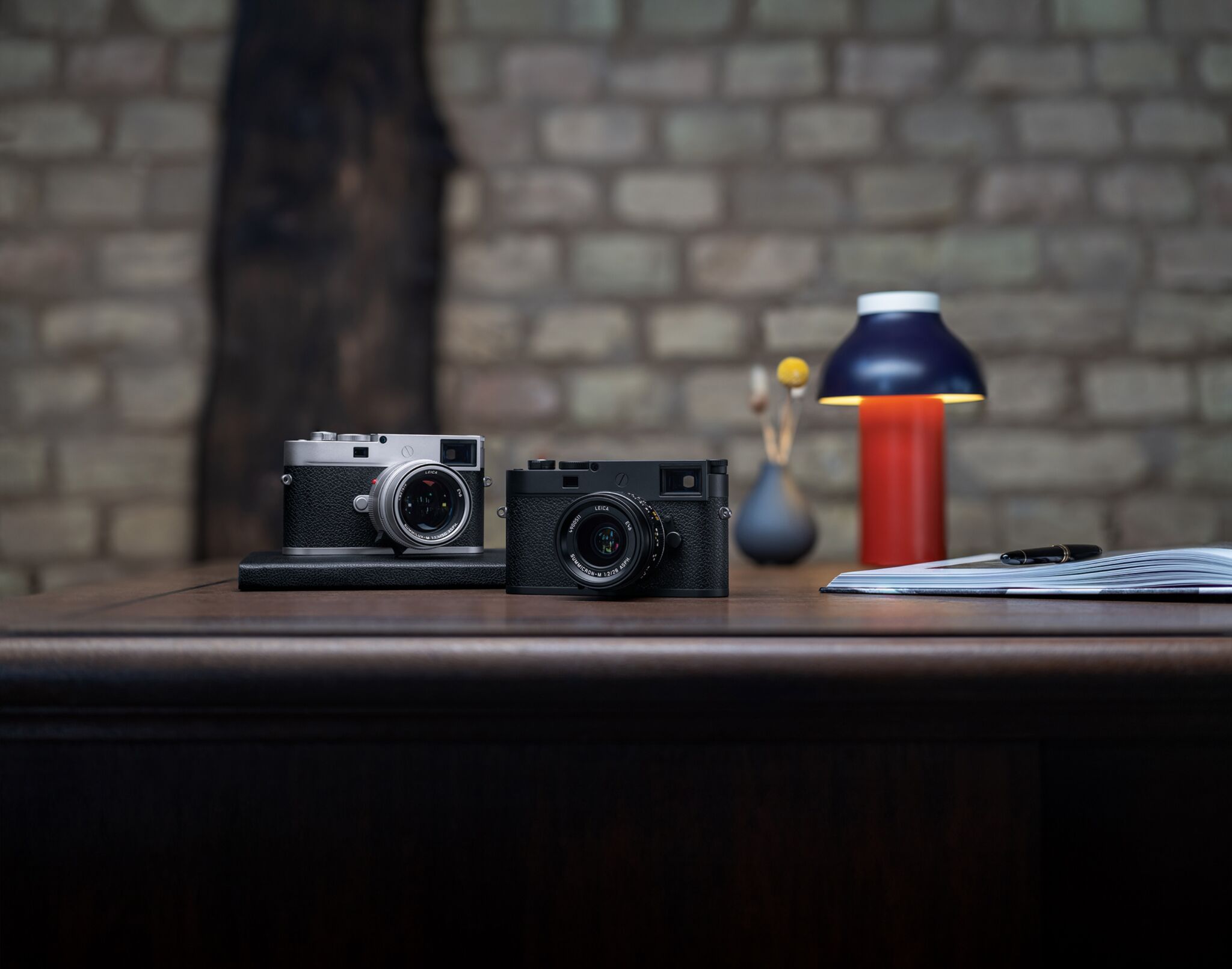
Review Leica M11-P: An improved version of the “classic” M11?
Discover our review of the Leica M11-P. We analyze its technical features, highlights and new features, and what are the differences with its predecessor, the M11.
Last edit on 14.04.25
Subscribe to our newsletter and get a discountSign up now- Keep in touch on instagram
- Keep in touch on instagram
- Keep in touch on instagram
- Keep in touch on instagram
- Keep in touch on instagram
- Keep in touch on instagram
- Keep in touch on instagram
- Keep in touch on instagram
- Keep in touch on instagram
- Keep in touch on instagram
50.8 Shop • All rights reserved, 2025 • Made with 🍟 in BelgiumTerms & Privacy Policy Cookie preferences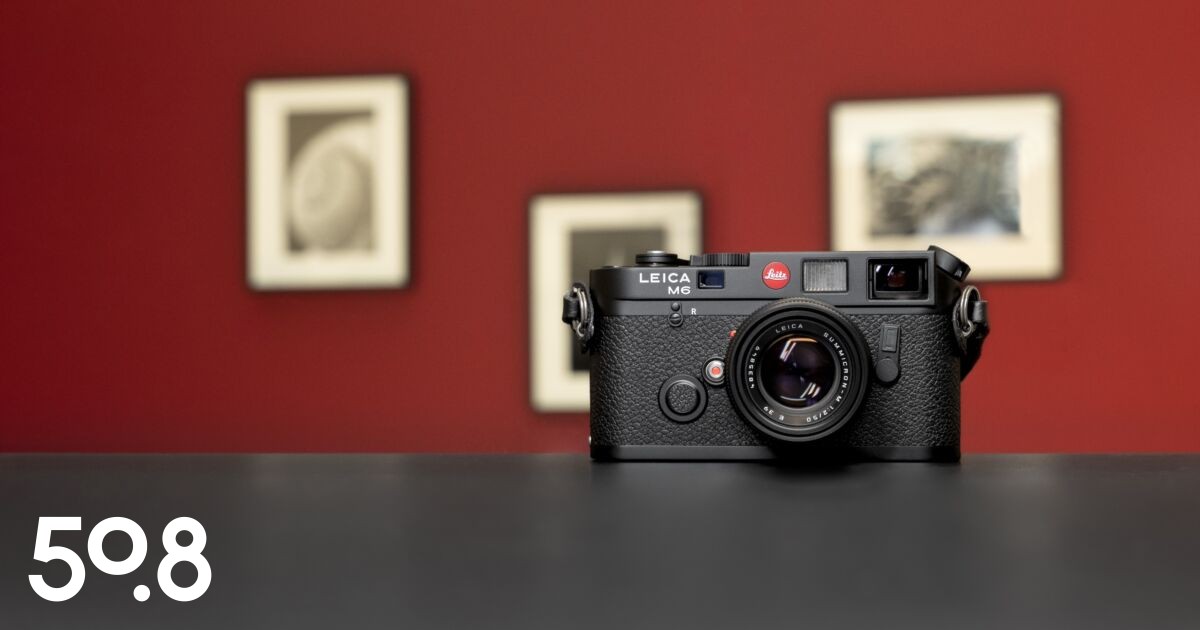
Subscribe and get a discount*
Benefit from exclusive offers, inspiring stories and a welcome voucher when you subscribe.
By registering, you agree to receive electronic communications from 50.8 and our Terms & Privacy Policy. *Offer is valid for minimum order of 150€
-
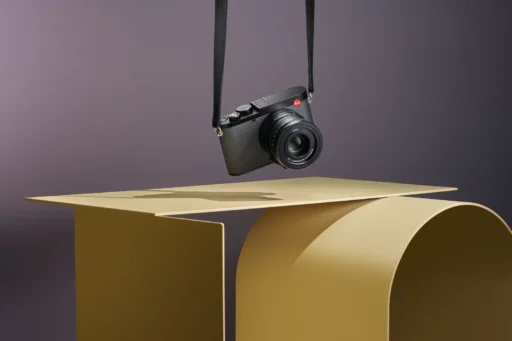


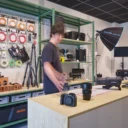
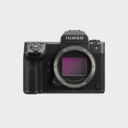 Photo
Photo 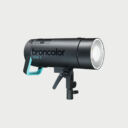 Lighting
Lighting  Tripods & Grip
Tripods & Grip  Digital
Digital 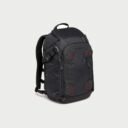 Bags & Cases
Bags & Cases 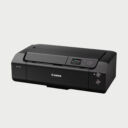 Printing
Printing 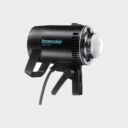 Continous lights
Continous lights 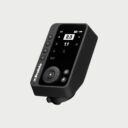 Transmitters
Transmitters 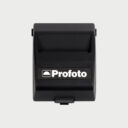 Accessories & Parts
Accessories & Parts 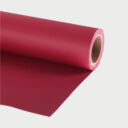 Accessories tripods & grips
Accessories tripods & grips 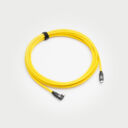 Cables & Tether
Cables & Tether 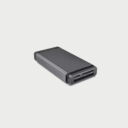 Hub & Adaptaters
Hub & Adaptaters 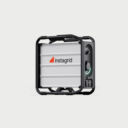 Portable power stations
Portable power stations  Sling bags
Sling bags 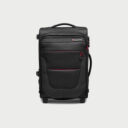 Rolling bags
Rolling bags 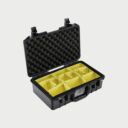 Hard cases
Hard cases  Organizers & Pouches
Organizers & Pouches 